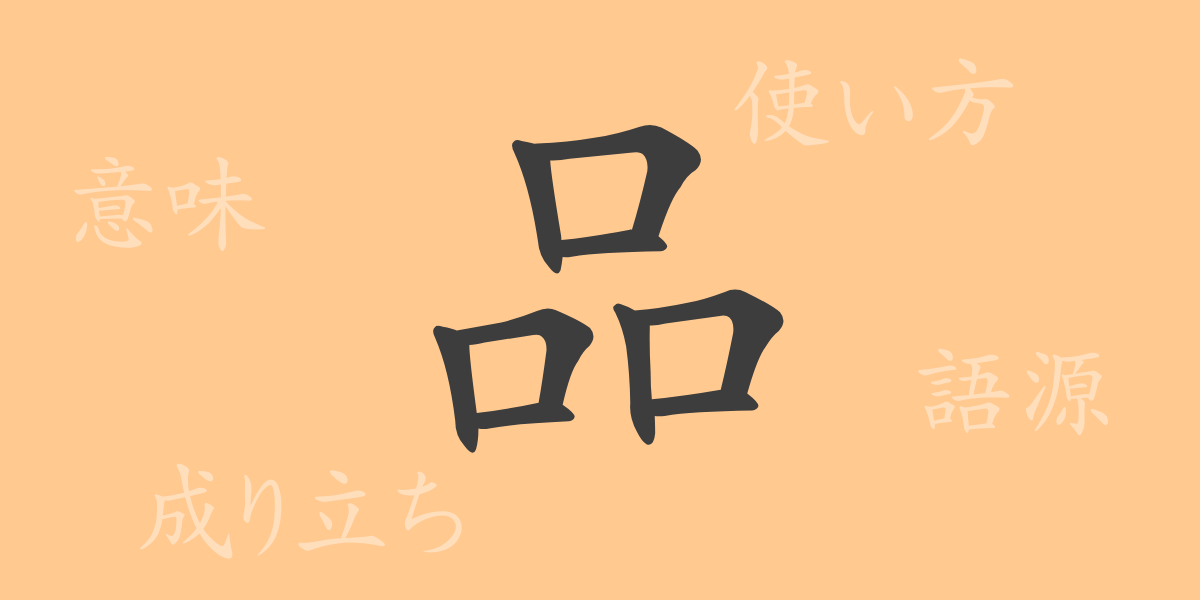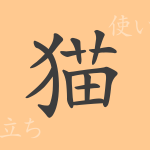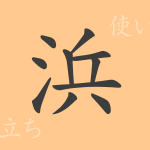In written Japanese, kanji (漢字) are indispensable elements. Each kanji character carries its unique history and meaning, used to express complex emotions and concepts. This time, we delve deeply into the commonly used kanji “品” (hin), frequently encountered in daily life, to explore its charm.
The Origin of 品 (hin)
The kanji “品” (hin) can be traced back to ancient Chinese oracle bone script. Originally, it was used as a pictogram representing stacked objects. Over time, it came to signify the grade or value of things. In Japan, following its introduction from China, this kanji has been used in various contexts, and unique Japanese usages have also emerged.
Meaning and Usage of 品 (hin)
“品” (hin) has multiple meanings. Primarily, it refers to the “quality of things” or “types of items,” as seen in words like “品質” (hinshitsu, quality) and “品種” (hinshu, variety). Additionally, it is used to indicate “excellence in a person’s behavior or character,” as in the expression “品がある” (hin ga aru), which praises someone’s refined demeanor.
Reading, Stroke Count, and Radical of 品 (hin)
The kanji “品” (hin) is understood as basic knowledge in Japanese, but let’s take a closer look at its readings and structure.
- Reading: On’yomi (音読み) as “ヒン” (hin), no Kun’yomi (訓読み)
- Stroke Count: 9 strokes
- Radical: 口部 (くちへん, kuchihen)
Idioms, Proverbs, and Phrases Using 品 (hin)
There are numerous idioms, proverbs, and phrases in Japanese that include “品” (hin). For example, “品格” (hinkaku) represents a person’s high moral quality, and “品評” (hinpyou) means to judge the quality of things. Additionally, the expression “品のある生活” (hin no aru seikatsu) is used to describe a high-quality, refined lifestyle.
Summary of 品 (hin)
The kanji “品” (hin), as its form suggests, symbolizes stacked objects. Playing a crucial role in various aspects of daily life, such as in terms like “quality” and “dignity,” this character reflects people’s values and culture through language. Understanding the meaning and background of “品” (hin) is highly valuable for a richer expression and comprehension of the Japanese language.

























